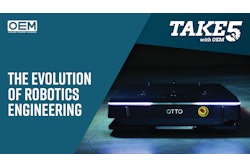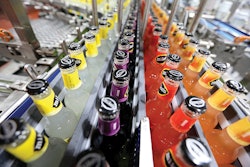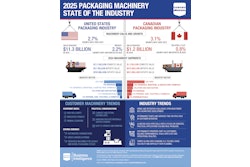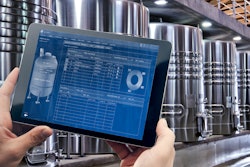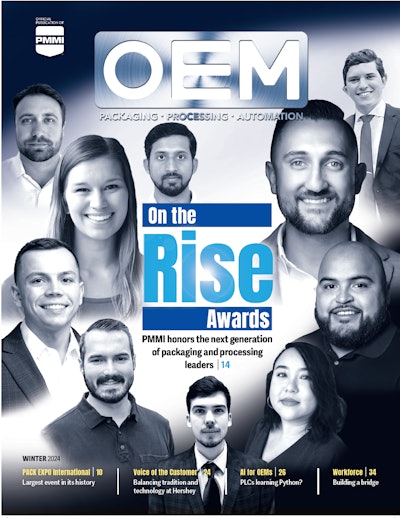Quick hits:
- Startups Saildrone and Nemo’s Garden are using Siemens Xcelerator as a service to grow globally at an accelerated pace.
- How SaaS and MaaS lower the barriers to marketplace entry.
- As-a-service technologies change capex and opex business decisions.
- Why the “As-a-Service” Model is Changing Automation Technology Purchases
- Digital Twin Applications by Small Companies
 | Read the transcript below: |
Welcome to Take Five with Automation World. I’m David Greenfield, Director of Content, and today we’re going to look at how software and machines as a service are changing industry.
A little more than a year ago in another Take Five video, I highlighted how the as-a-service model was beginning to change how automation technologies are being offered.
So now, I want to update this story by highlighting two start-up companies that have been able to develop very quickly due to the availability of software as a service. I learned about these companies at Siemens recent media and analyst day in Detroit.
One of these companies is Saildrone, a company that designs, manufactures, and operates a fleet of uncrewed surface vehicles for maritime security, ocean mapping, and ocean data collection. Saildrone’s customers don’t purchase the drones they build, instead they pay for the data collected by them. Saildrone is using Siemens Xcelerator cloud-based portfolio as a service to improve design collaboration across the organization without the need for traditional IT infrastructure to support it. Andrew Schultz, chief technology officer at Saildrone, says: Manufacturing uses the software for purchasing and building the components in the drones, and the finance teams use it to track inventory. He says software as a service is key to them because Saildrone’s primary focus is on engineering new products and making their drones and services better—not having to manage and update an on-premises server.
Another startup user of Siemens’ Xcelerator as a service is Nemo’s Garden, which is developing underwater greenhouses that use the ocean’s temperature stability, CO2 absorption, abundance of oxygen, and inherent protection from pests to create an environment for the underwater cultivation of herbs, fruits, and vegetables. Nemo’s Garden has already proven the viability of its concept, so they’re using Xcelerator to turn their prototype into a product that can be deployed globally. They’ve built a comprehensive digital twin of the Nemo’s Garden biosphere to drive its design evolution for different oceans. Luca Gamberini, co-founder of Nemo’s Garden says: “Nemo’s Garden is a one-of-a-kind system, and we need to adapt it to each environment where it will be installed. And when you can model that environment virtually before you start, you can foresee the challenges and address them in the best way.
Hearing about these two startups has probably got you wondering why I’m bringing them up to an audience of discrete and process manufacturers. After all, these are not your typical manufacturing companies. But they’re not your typical oceanographic or agricultural companies either. And that’s why I’m highlighting them. Neither of these companies needed software as a service to be available for them to exist. But software as a service has enabled them to develop much more quickly than they ever could have before because of its price point and lack of need for extensive in-house IT support. Which should leave you with two questions: The first of which is: What types of companies could emerge in your space that would have taken years and years, if not decades, to mature and be a potential competitor before software as a service lowered the barriers to entry to the market you’re in; and 2) what could software as a service mean for your business—in other words, how could or should your business be adapting to better serve your customers and boost your revenues and profits if you didn’t need all the IT resources that on-premises software requires.
And it’s not just software as a service that’s making an impact on the manufacturing industries. Machines as a service are making major headway too. Here’s an example from the packaging industry where Pearson Packaging has begun offering its machines as a service that should get you thinking about how game changing the as-a-service model can be for industries of all types. Check out their explanation of how it works in this video segment.
So, I hope you found this Take Five with Automation World thought-provoking and helpful.

